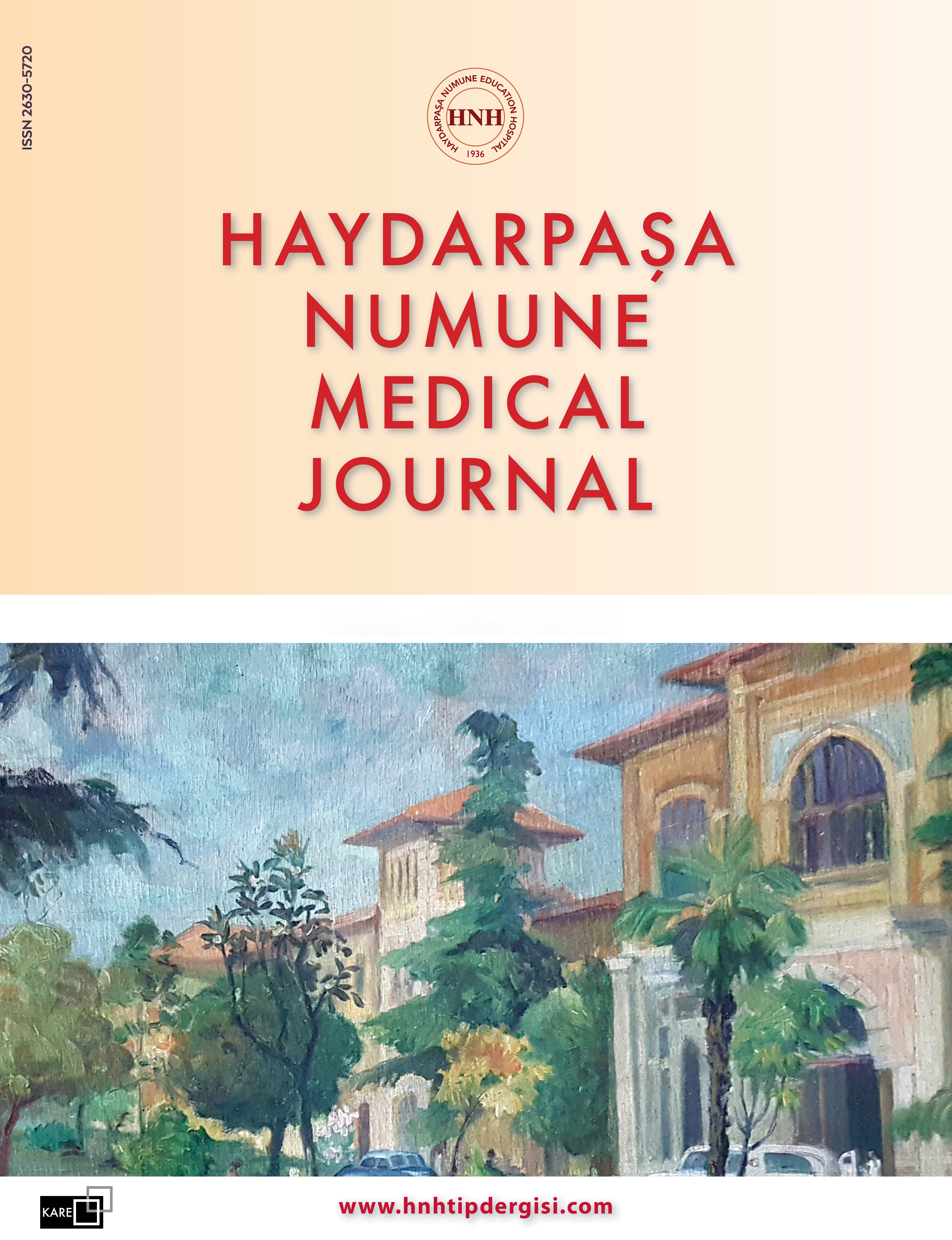A Case of Myasthenia Gravis Presenting with Pseudo Bilateral 6th Cranial Nerve Palsy
Zehra Özbilici, Gökçe Zeytin DemiralDepartment of Neurology, Afyonkarahisar Health Sciences University Faculty of Medicine, Afyonkarahisar, TürkiyeMyasthenia gravis (MG) is an autoimmune disease of the neuromuscular junction caused by autoantibodies to acetylcholine receptor antibodies (AchRs). Patients with myasthenia gravis (MG) usually present with diffuse muscle weakness. Myasthenic weakness typically affects extraocular, bulbar, or proximal limb muscles. Clinical manifestations often begin in the eye muscles and are characterized by ptosis. When MG is isolated to ocular symptoms only, it is referred to as ocular myasthenia gravis (OMG). OMG can also present atypically, mimicking isolated cranial nerve palsies. A 21-year-old male patient with no significant medical history presented to the emergency department with complaints of diplopia, blurred vision, and headache. Neurological examination revealed bilateral outward gaze limitation. The patient, who had no history of chronic disease or regular medication use and had no special features in his family history, was diagnosed with myasthenia gravis after extensive tests. This case highlights that myasthenia gravis in young patients may present with atypical symptoms, deviating from the traditional manifestations, thus providing a valuable educational contribution to clinical practice.
Keywords: Abducens nerve palsy, diplopia, myasthenia gravis.Manuscript Language: English
















